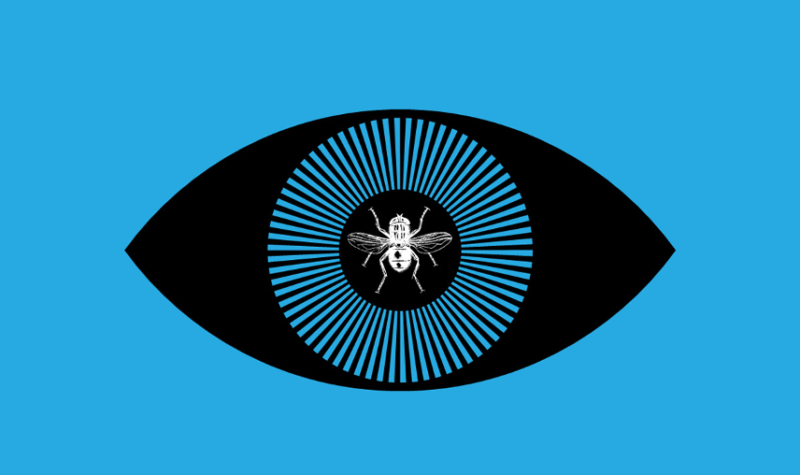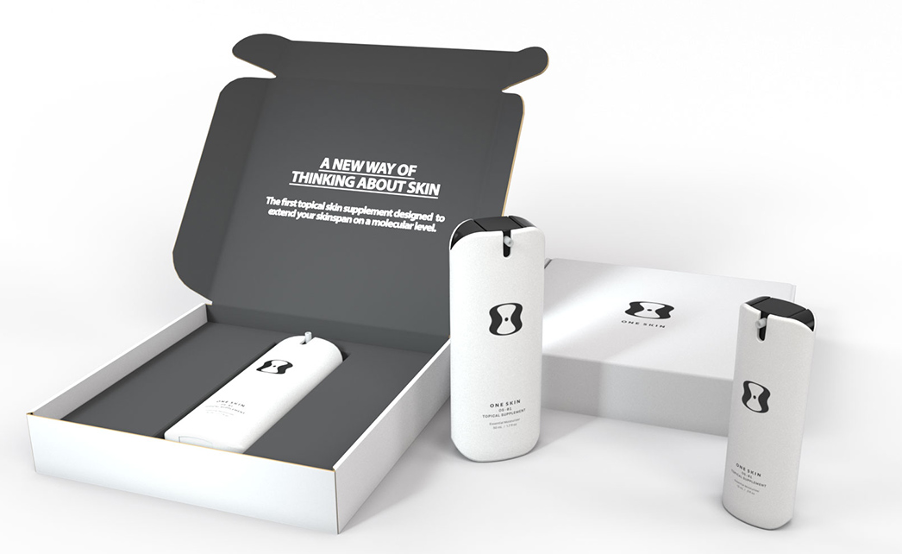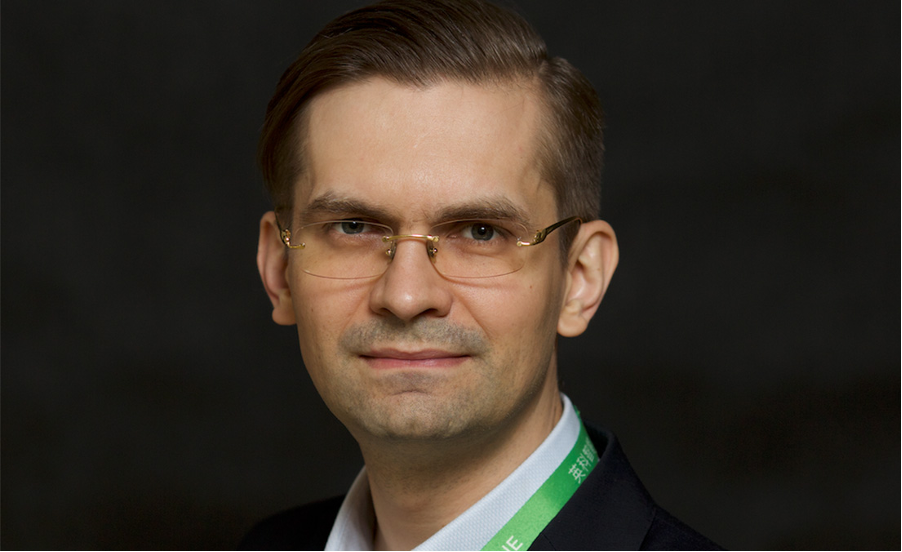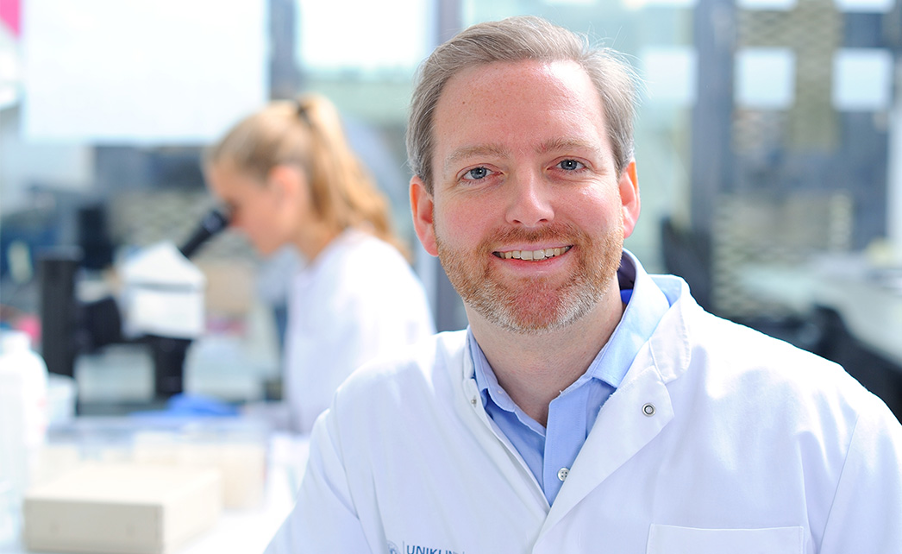Longevity Market Watch

In this weekly update, longevity.technology Editor in Chief Phil Newman keeps us up to date with all the latest development in the longevity space.
The Longevity market is growing very quickly and on multiple fronts: new research announcements, funding rounds and product launches. As Editor-in-Chief of www.longevity.technology, I’m constantly reviewing news from the sector and wanted to share some insights with Master Investor readers on what we’ve seen over the last week.
Putting the body’s largest organ to work on countering senescence
Senolytics drugs, or senolytics are a category of therapies that many are slating for research and commercialisation success in the Longevity market; they work by clearing senescent cells and helping to prevent the state of senescence.
Senescence is when cells stop dividing and growing but forget to die. Instead, they hang around, emitting toxic chemicals and encouraging other cells to become senescent as well. Understanding what triggers senescence and how to counter its dangerous effects is a key area of Longevity research.
Despite a number of setbacks, like UNITY killing its lead candidate drug for osteoarthritis (in the knee), there have been successes – for example, a Mayo Clinic-run clinical trial of Dasatinib plus Quercetin in individuals with diabetic kidney disease, the results of which demonstrated that senolytics can decrease senescent cells in humans.
Last week, we saw news from OneSkin, who launched their first product, a topical, non-invasive senetherapeutic skin treatment that seeks to extend the life and health of skin with a proprietary peptide; they also introduced us to a new term – skinspan. Carolina Reis, Co-founder and CEO at OneSkin, told us: “Instead of short-term fixes that focus purely on aesthetics, we’re targeting the root cause of ageing and optimising skin health on a molecular level.”
The OneSkin team are fundraising early next year.

Bioelectronics are entering the Longevity field and delivering exits for investors
We’re excited about the integrations of Longevity, AI, Neural and Nanotech. We all know what a pharmaceutical is, but a neuroceutical uses bioelectronics and algorithms to achieve the same result in a drug-free way. Neuroceuticals have fewer side-effects and can be controlled and monitored externally – so what’s not to love?
Following an R&D collaboration that began last year, Japanese pharma Astellas announced last week that it will acquire bioelectronics firm iota in a $304m deal. With an ethos of tackling diseases with unmet medical needs and a commitment to spending $125 million to fuel iota’s expansion we could see a leap forward for non-invasive Longevity therapies as iota develop their wireless ultrasonic-powered bioelectronic devices.
“The partnership between iota Biosciences and Astellas allows us to combine our respective strengths to bring revolutionary new approaches to managing and treating diseases that affect hundreds of millions of people across the world,” Michel Maharbiz, and Jose Carmena, co-founders and co-CEOs of iota told us. “A new era in bioelectronic medicine is dawning and iota Biosciences, powered by Astellas, will be leading the charge.”
Apps to help people manage their healthspan and lifespan are hot
Insilico Medicine announced a new subsidiary which has developed new AI-tech to calculate biological age. Deep Longevity will partner with Human Longevity Inc (HLI) to deploy the first scalable AI system for aging-related biomarker development. US-based HLI offers high-end customers treatment options, personal health plans, and the potential for a longer, healthier lifespan: they have big plans to roll-out clinics internationally.
Deep Longevity tracks the rates of ageing at molecular, cellular, tissue, organ, system, physiological, and psychological levels. These ‘ageing clocks’ enable clinicians to make more-informed decisions on interventions that may slow down, halt, or even reverse the ageing processes.

Deep Longevity has entered into a partnership with Longenesis; this collaboration will integrate Longenesis’ consent management system into the Deep Longevity digital platform (which already includes Young.AI, a web-based tracker of ageing and wellness). The companies will also be developing a federated learning framework together.
The challenge is that there are multiple service providers in the biomarker and tracking ecosystem so there is a need for a common standard for data management of client/patient data in the Longevity field, so this is welcome progress.
Predicting the age of a fly from an image is an important milestone in accelerating Longevity R&D. Yep.
A Danish start-up aims to accelerate and enhance the R&D data collection process during preclinical Longevity studies on flies and mice. Backed by Insilico Medicine’s Alex Zhavoronkov, University of Copenhagen spin-out Tracked.bio is developing what it calls a “fully automated phenotyping and identification system for model organisms.”
Using a combination of AI and 24-7 monitoring, Tracked.bio is designed to help standardise and automate the quantification of studies in model organisms.
“By using our system, we can now look at both lifespan and frailty hands-off, and a big driver was to do this analysis with just our system alone,” co-founder and CEO Michael Petr told us. “This performs the work of two to three people having to manually do these checks. And we can also extract much more information – we can calculate things that couldn’t be manually picked up – for example, the system can predict the age of a fly from an image.”
And now the science-bit…
A recent study from Cologne has identified a critical regulator of protein biosynthesis recovery and homeostasis required for Longevity – H3K4me2. This histone orchestrates the recovery of protein biosynthesis and homeostasis required for developmental growth and Longevity after DNA damage. Please note the headline!
There are multiple Longevity research programmes coming out of universities all over the world and this announcement follows the path of many – very early clinical work that could lead to spin-out businesses with unique IP and a need for funding.
“We have uncovered mechanisms through which Longevity assurance pathways respond to DNA damage accumulation and antagonize the detrimental consequences of increasing levels of DNA damage with ageing,” says Professor Björn Schumacher. “Our long-term goals are gaining a deeper understanding of genome maintenance and Longevity assurance pathways and to develop novel intervention strategies to combat ageing-associated diseases and genetic predispositions to accelerated ageing and cancer development.”

Comments (0)